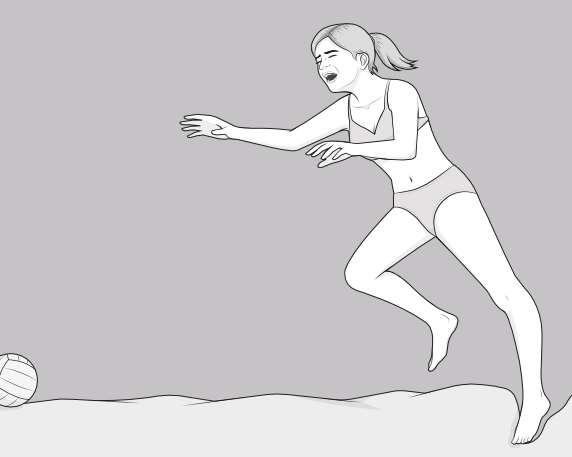"How did it happen?" is an important question when evaluating a knee injury.
 First published in 2013, and reviewed August 2023 by Dr Sheila Strover (Clinical Editor)
First published in 2013, and reviewed August 2023 by Dr Sheila Strover (Clinical Editor)
Common types of knee injury
When you have had a definite knee injury, the type of damage will depend on the nature of the injury:
-

